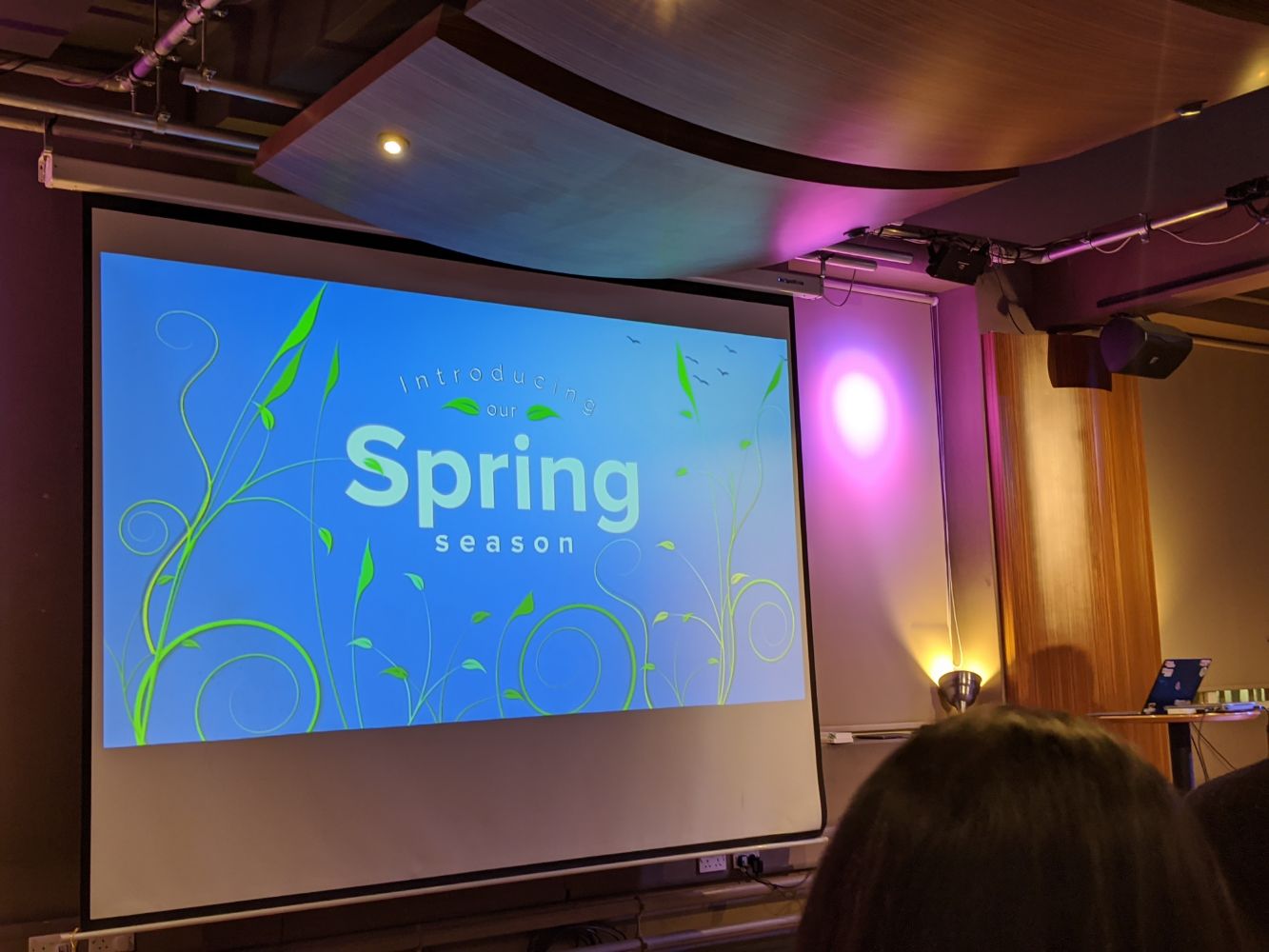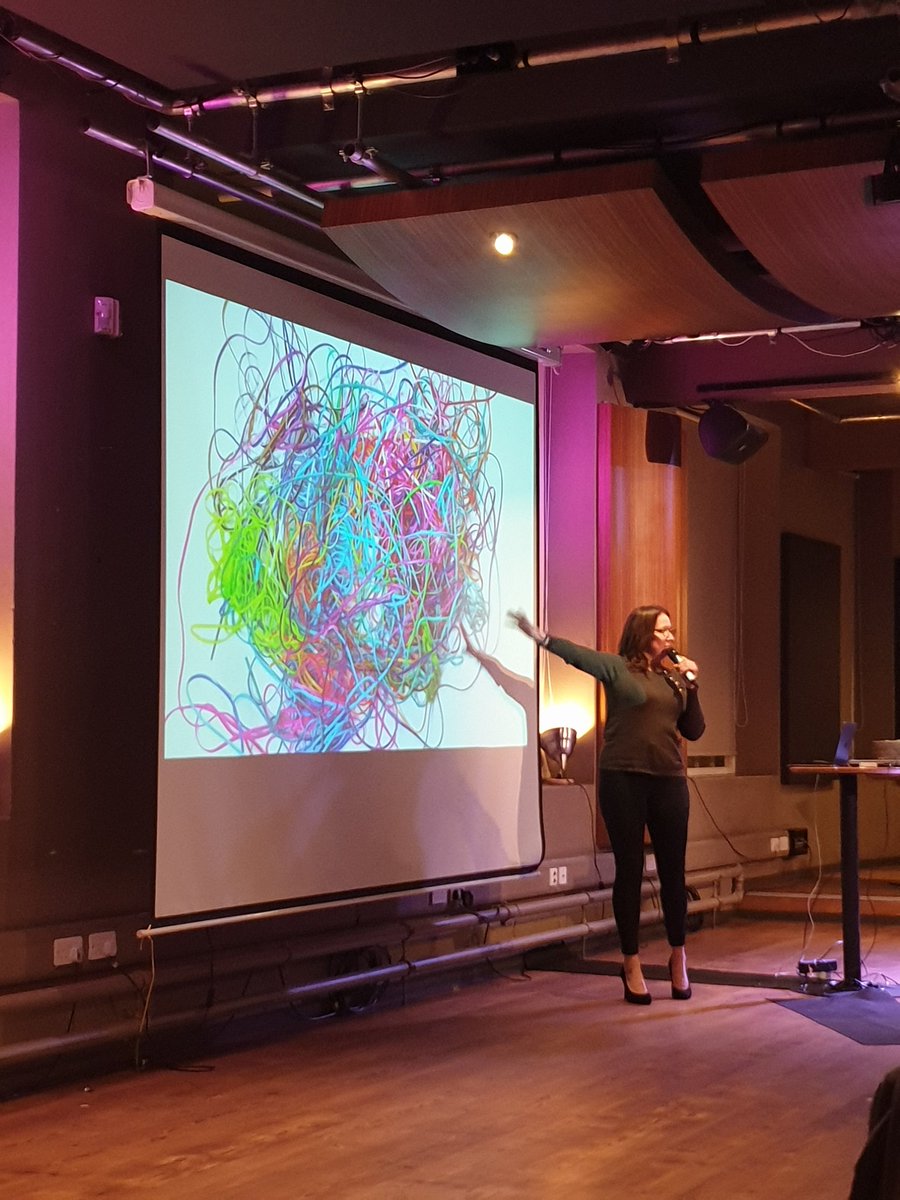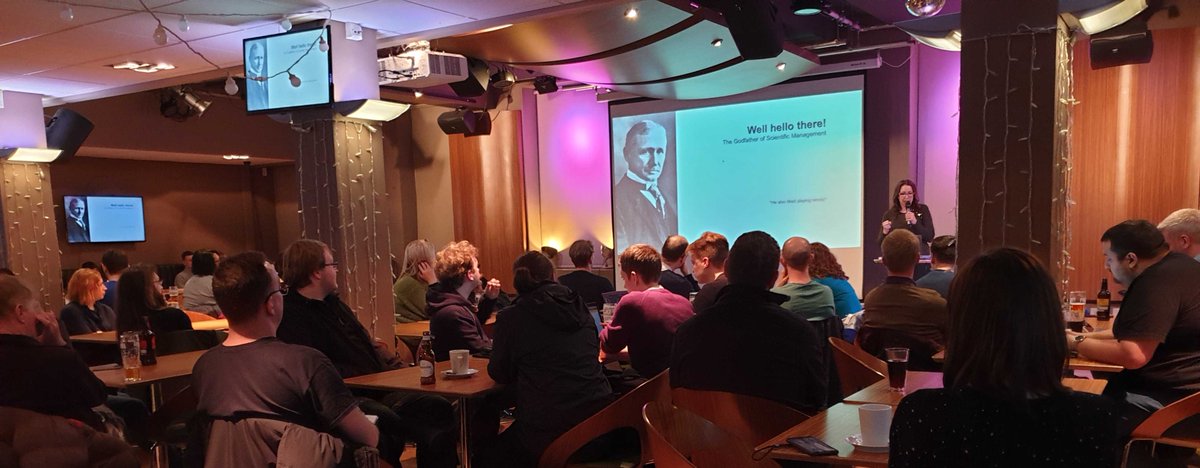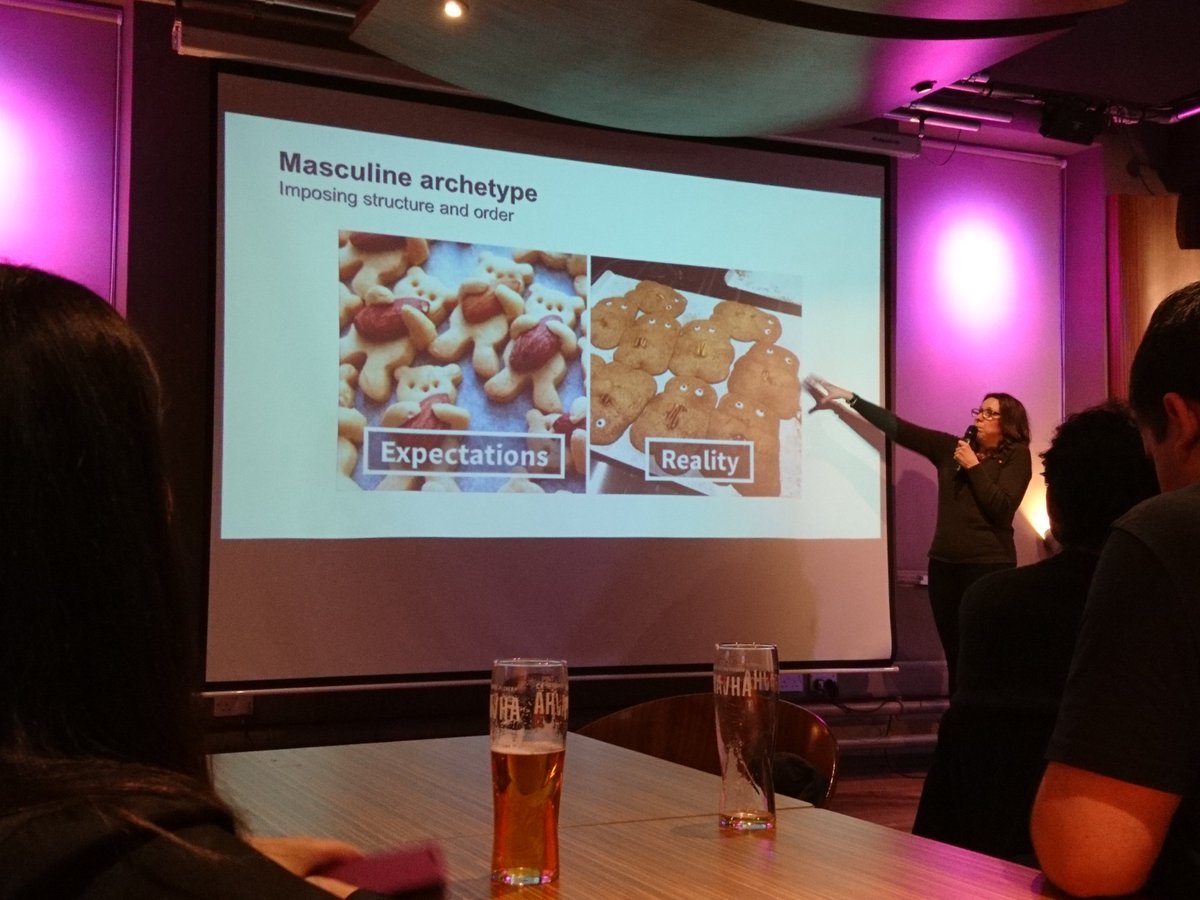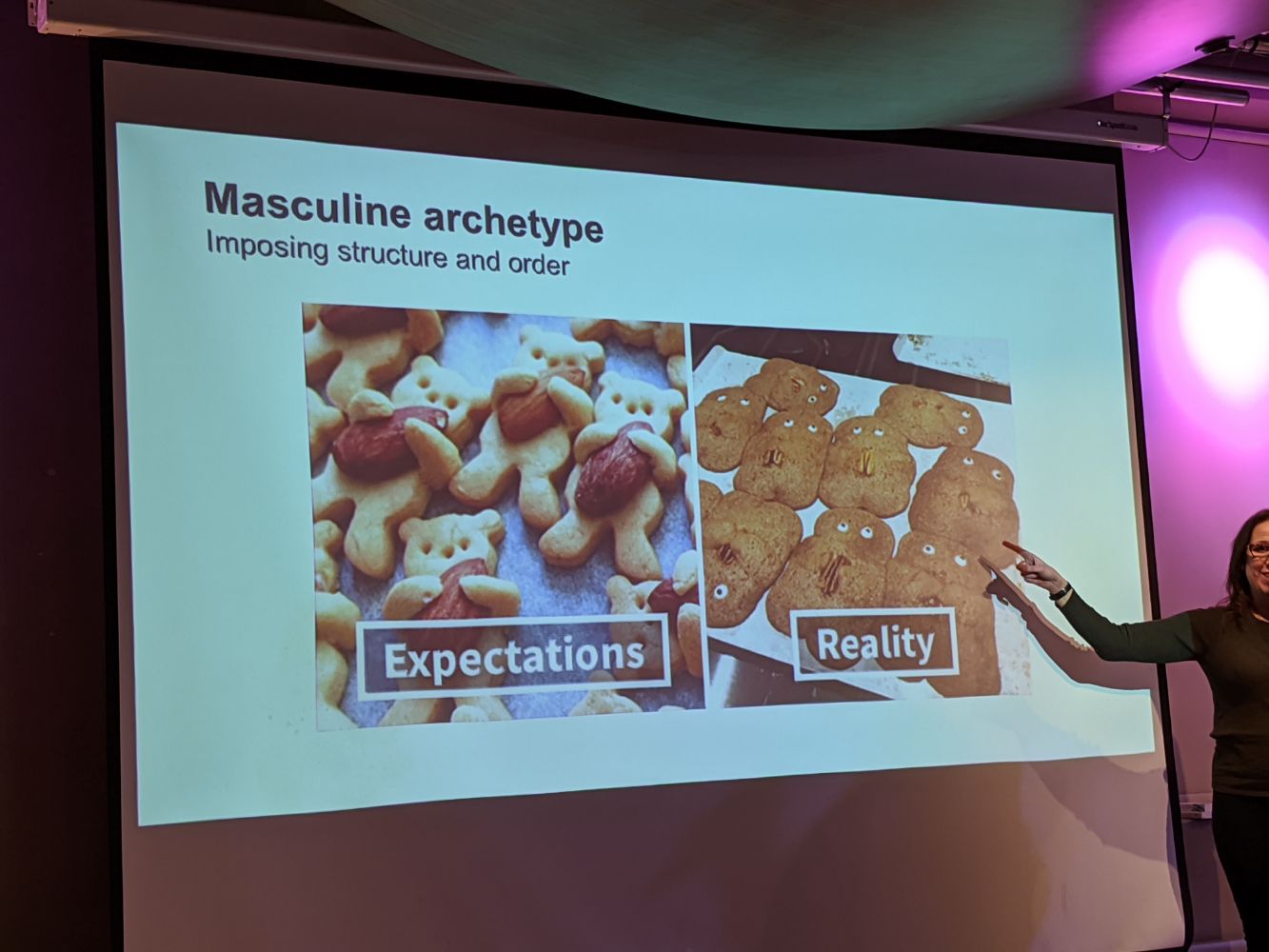IndieWeb post types
This content type is full of IndieWeb post types, which are all content types which allow me to take greater ownership of my own data. These are likely unrelated to my blog posts. You can find a better breakdown by actual post kind below:
I'd recommend publishing to your own site first, and then sharing links to it on sites such as Twitter and https://lobste.rs, and maybe also sharing on https://dev.to but primarily owning it yourself to build up the followers there
Post details
Nobody: People with mechanical keyboards:Hamza (@oihamza)Sun, 09 Feb 2020 20:03 GMT
Post details
did a bee write this
christopher (theh0tfather) (@theb0tfather)Sun, 09 Feb 2020 15:56 GMT
Post details
We already store data. In a database. It works well.
Jimmy Wales (@jimmy_wales)Mon, 10 Feb 2020 14:00 GMT
Post details
As you know, I’m marrying this wonderful, beautiful man. Wanted to share this photo from our engagement shoot. I’m feeling pretty damn lucky.
Anthony Rapp (@albinokid)Mon, 10 Feb 2020 17:13 GMT
Post details
As you know, I’m marrying this wonderful, beautiful man. Wanted to share this photo from our engagement shoot. I’m feeling pretty damn lucky.
Anthony Rapp (@albinokid)Mon, 10 Feb 2020 17:13 GMT
Post details
If you don’t think Batman was at the Oscars tonight, hiding in the rafters just incase the real Joker pulled something during Joaquin Phoenix’s speech, then my friend, you’re stupid.
Sam Richardson (@SamRichardson)Mon, 10 Feb 2020 05:01 GMT
Post details
If you don’t think Batman was at the Oscars tonight, hiding in the rafters just incase the real Joker pulled something during Joaquin Phoenix’s speech, then my friend, you’re stupid.
Sam Richardson (@SamRichardson)Mon, 10 Feb 2020 05:01 GMT
Post details
this sounds like a complaint
Tyler Fisher 🌹🕊 (@tyl3rfish3r)Mon, 10 Feb 2020 14:54 GMT
Post details
I'm picturing a wind turbine in Storm Ciara. Am I close?
Jonathan (@jbjon)Mon, 10 Feb 2020 21:41 GMT
Post details
Stop calling them "performance reviews," start calling them "boss fights."
All Purpose Cultural Chat Girl Emily (@emilyst)Mon, 10 Feb 2020 04:09 GMT
Post details
DESKTOP GOOSE v0.3 OUT NOW! Now we have MODDING SUPPORT! Download it at samperson.itch.io/desktop-goose +Announcing... the FIRST EVER Desktop Goose Mod Contest! February 10-17, at tiny.cc/GooseModJamSamperson (@SamNChiet)Mon, 10 Feb 2020 03:06 GMT
Post details
if you’re wondering whether to put something in bold or italics in an email, why not take a leaf out of this medieval monk’s book and draw a penis in a basket pointing to the phrase you want to highlight
ruby🦎 (@roobeekeane)Mon, 10 Feb 2020 18:12 GMT
Post details
The first two words don't match the second two words.
Terence Eden (@edent)Mon, 10 Feb 2020 20:49 GMT
A great resource from https://hankchizljaw.com for those annoying, unsolicited responses.
Post details
📣 Got reply guys in your mentions? Not sure what to do about it? How about you give them a sarcastic pat on the back with a trophy? Introducing, "Thanks for the reply, Guy": a customisable page to show your reply guys that you care about their work 🏆 thanksforthereply.comAndy Bell (@hankchizljaw)Mon, 10 Feb 2020 20:22 GMT
Post details
Tech Nottingham (@technottingham)Mon, 10 Feb 2020 20:43 GMT
What an intro from @UnchartedWorlds at #TechNott - is there anything that Jennifer can't do?!
Post details
Or a delicious snack
Tasha (@TashaDrew)Mon, 10 Feb 2020 19:59 GMT
Post details
This spring #TechNott and #WiTNotts present our: 🌺🌿🌻 SPRING SEASON! 🌸🌱🌷 🎬 Coming soon to an @Antenna_UK near you! 📅 3 months 🎪 6 events 🎙 9 speakers Starring 🌟 @adactio @rem @paulienuh @annashipman @edent @SparkleClass @NickyWrightson @Codling @efinlay24Tech Nottingham (@technottingham)Mon, 10 Feb 2020 18:56 GMT
Post details
This is wonderful - you've all worked so hard to pull this together, you should be very proud of yourselves! 😘😘 @anna_hax @CarolSaysThings @LittleHelli @short_louise @MrAndrew
Emma Seward (@MrsEmma)Mon, 10 Feb 2020 19:08 GMT
Post details
Did you spot us in The Sunday Times yesterday? 📰 We were included in their Best Places For Business 2020 supplement. Nottingham's not only the home of Robin Hood and skating duo Torvill and Dean - it's also our home and it's got a lot to offer. bit.ly/37dEAWPOpenWrks (@OpenWrks)Mon, 10 Feb 2020 09:36 GMT
Post details
This spring #TechNott and #WiTNotts present our: 🌺🌿🌻 SPRING SEASON! 🌸🌱🌷 🎬 Coming soon to an @Antenna_UK near you! 📅 3 months 🎪 6 events 🎙 9 speakers Starring 🌟 @adactio @rem @paulienuh @annashipman @edent @SparkleClass @NickyWrightson @Codling @efinlay24Tech Nottingham (@technottingham)Mon, 10 Feb 2020 18:56 GMT
Post details
Not gonna lie, I'd listen to a talk on both topics 🤣😇
Emma Seward (@MrsEmma)Mon, 10 Feb 2020 19:16 GMT
Post details
I'm thinking the first item would be a thorough review of the CoC 😆
Louise Paling (@short_louise)Mon, 10 Feb 2020 19:28 GMT
Post details
I'm on a call with a call centre. It informs me the call *will* be recorded. Them: "Let me give you a reference number. Have you got a pen & paper?" Me: "No, it's OK, I'm recording the call." Them: "Please stop! I don't give you my permission to record the call!" Err…? What?Terence Eden (@edent)Mon, 10 Feb 2020 11:11 GMT
Post details
I am embarrassed/grateful that despite being an old friend it's going to take #TechNott to get me seeing @edent this year 🤦♂️ / 🙌Post details
This spring #TechNott and #WiTNotts present our: 🌺🌿🌻 SPRING SEASON! 🌸🌱🌷 🎬 Coming soon to an @Antenna_UK near you! 📅 3 months 🎪 6 events 🎙 9 speakers Starring 🌟 @adactio @rem @paulienuh @annashipman @edent @SparkleClass @NickyWrightson @Codling @efinlay24Tech Nottingham (@technottingham)Mon, 10 Feb 2020 18:56 GMT
Steven Pears (@StevenPears)Mon, 10 Feb 2020 18:57 GMT
Post details
Heading to #TechNott this evening? Why not meet up with @LittleHelli and @anna_hax outside the Theatre Royal at 6pm to walk over together 🧡Women In Tech, Nottingham 🌈✨ (@WiT_Notts)Mon, 10 Feb 2020 17:38 GMT
Post details
HackSoc are proud to announce that 7PM on February 13th we will be welcoming 2 brilliant speakers: @mr_goodwin and @StevenPears Come along for good conversation and the free pizza you know and love ❤🍕 details can be found here: hacksocnotts.co.uk/event/2020-spe… Hope to see you there!HackSoc Nottingham (@hacksocnotts)Mon, 10 Feb 2020 10:15 GMT
Post details
What is a monad? Wrong answers only.Rob Rix (@rob_rix)Mon, 10 Feb 2020 04:02 GMT
Post details
I saw this, but I don’t wanna go bankrupt 😅
Carol ⚡️ (@CarolSaysThings)Mon, 10 Feb 2020 19:42 GMT
Post details
My son just wrote and published his own two pages on his web site (a "books I've read" page and the first book review page). He wrote all the html after he insisted that I teach "coding classes" to him and his sister for the last 3 weeks. It actually uses CSS and semantic markup.
@rem (@rem)Mon, 10 Feb 2020 17:33 GMT
Post details
Shakespeare writing a play in which someone dies an easily preventable death due to a minor misunderstanding
SparkNotes (@SparkNotes)Mon, 10 Feb 2020 16:04 GMT
Post details
Daniel Cordell (@CrdlPls)Mon, 10 Feb 2020 19:15 GMT
Post details
Work sent out an email with “Do Transformers get car or life insurance” at the end of it and honestly I can’t stop thinking about it
Luke Exton (@LukeExton)Mon, 10 Feb 2020 13:34 GMT
Post details
I think he was considering a shorter transition time too 😅
Anna ✨🙅♀️✨ (@anna_hax)Mon, 10 Feb 2020 19:10 GMT
Post details
People are chaos - totally agree! @slsmithwell #TechNottSteven Pears (@StevenPears)Mon, 10 Feb 2020 19:19 GMT
Post details
Such an insightful talk from @slsmithwell on Femininity in Service Design. She's encouraging us to "get through the chaos to get to the point". #TechNottTech Nottingham (@technottingham)Mon, 10 Feb 2020 19:30 GMT
Post details
@slsmithwell telling some home truths about designing with only one point of view. Great first talk tonight at #TechNottJodie (@JodieTip)Mon, 10 Feb 2020 19:39 GMT
Very much enjoying @slsmithwell's talk at #TechNott about the many ways businesses mess things up with heavy reliance on metrics
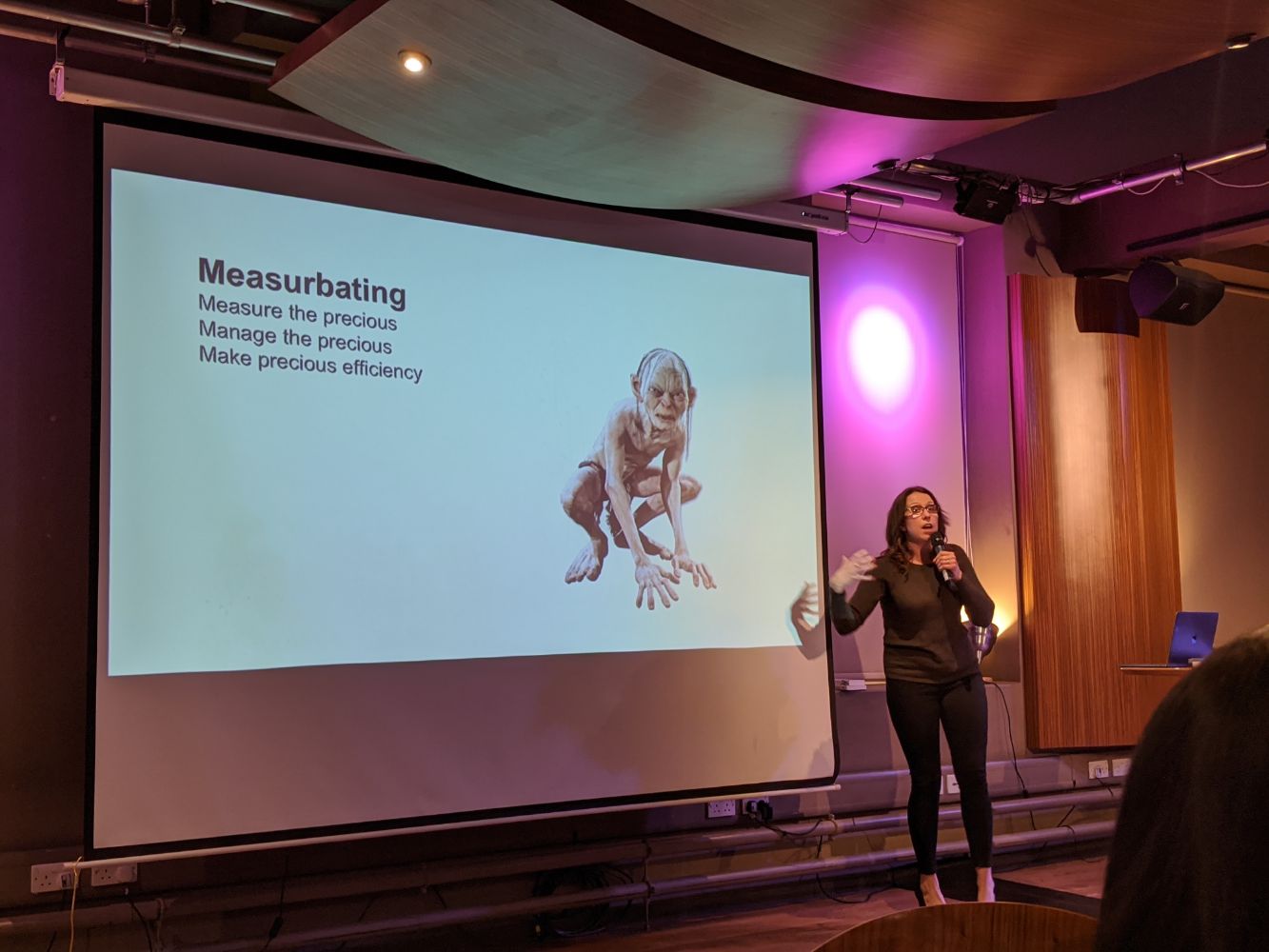
Post details
He was!!! I talked him down 🤣
Emma Seward (@MrsEmma)Mon, 10 Feb 2020 19:12 GMT
Post details
I can only imagine - were his arms and hands a blur?! 🤣
Emma Seward (@MrsEmma)Mon, 10 Feb 2020 19:09 GMT
The #TechNott announcement is here - they're running seasons, with three months of amazing speakers planned.
This is yet another thing to show why the tech community in #Nottingham is booming - it's like a monthly mini conference!
